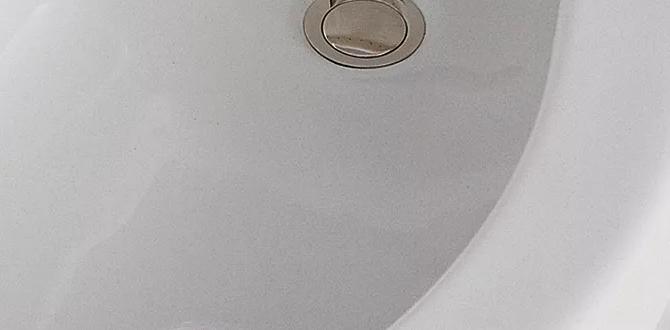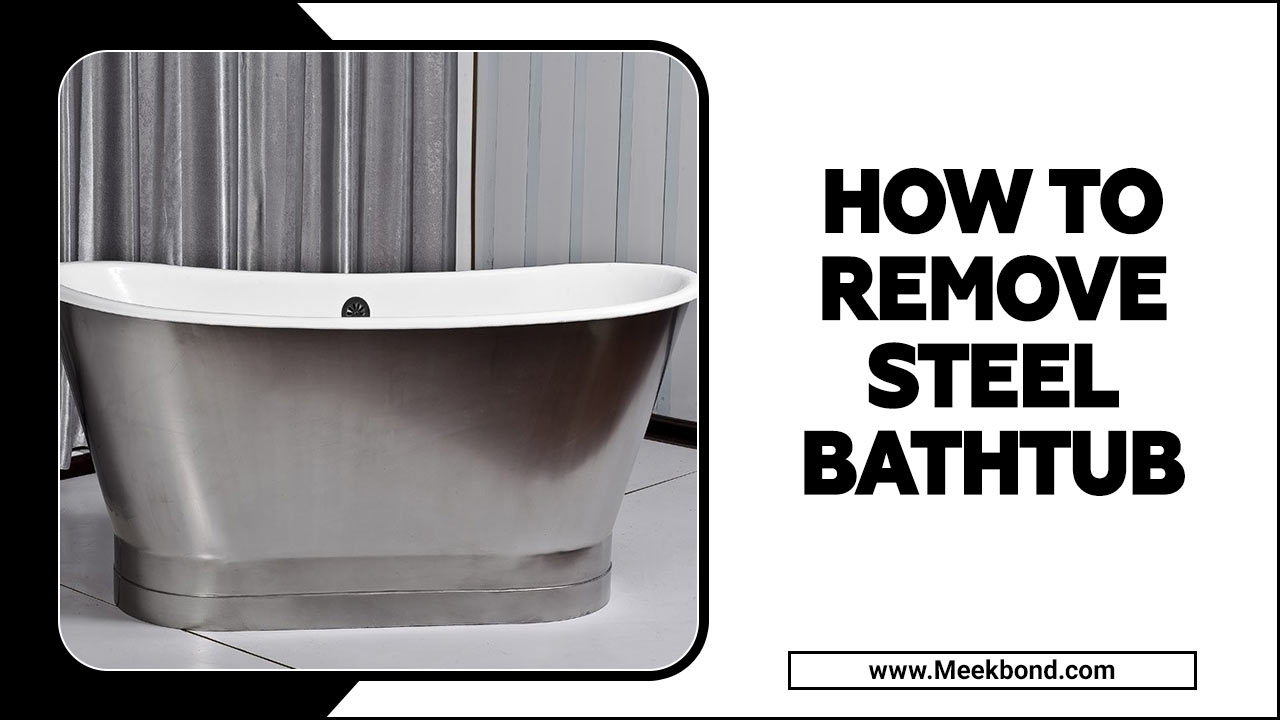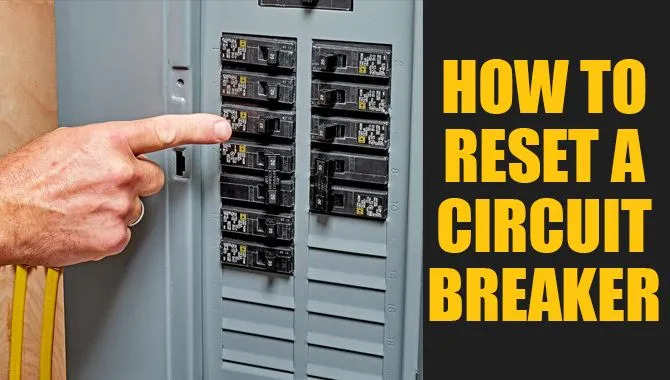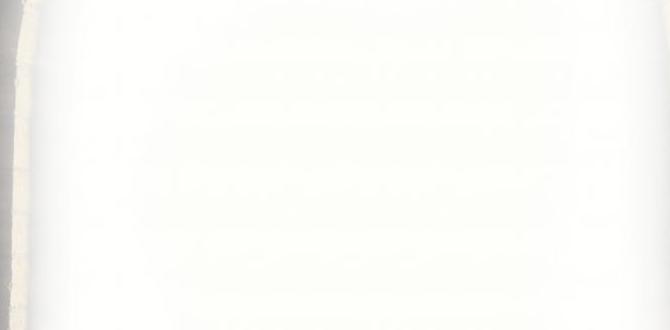Have you ever wondered what a bidet is? Many people know about toilets, but bidets are a bit different. They are like little helpers for personal hygiene. Imagine feeling fresh and clean without using too much toilet paper.
In some countries, bidets are as common as sinks. You might be surprised to learn that they can help save trees by reducing toilet paper use. Isn’t that cool?
So, how does a bidet work? What makes it unique? In this article, we’ll explore what a bidet is and why more people might want to try one.
What Is A Bidet? Understanding Its Benefits And Usage

What is a Bidet?
A bidet is a special bathroom fixture used for cleaning the body after using the toilet. Imagine washing your hands with soap and water instead of just wiping them! Bidets come in various styles, including standalone models and attachments for toilets. They can save toilet paper and offer a more gentle clean. Did you know that bidets are common in many countries? They promote hygiene and comfort, making them a great addition to any bathroom!
Understanding the Bidet
Definition and explanation of a bidet. Historical background and evolution of bidets.
A bidet is a bathroom fixture used for personal hygiene. It sprays water to clean private areas after using the toilet. This helps keep you fresh and clean.
Bidets have a long history. They originated in France in the 17th century. Over time, they evolved from simple basins to modern, high-tech designs. Today, many homes and public restrooms around the world have them.
- Bidets first appeared in France.
- They were once seen as luxury items.
- Today, they are common in many countries.
Types of Bidets
Freestanding vs. toiletintegrated bidets. Handheld bidets and bidet attachments.
Bidets come in different styles. Understanding these can help you choose the right one for your needs. Here are some popular types:
- Freestanding Bidets: These are separate from the toilet. You must walk to use them, but they offer space and comfort.
- Toilet-Integrated Bidets: These are part of the toilet. They combine both functions, saving space and making it easy to use.
- Handheld Bidets: This type has a nozzle that you hold. You can direct the spray wherever you want, which is very flexible.
- Bidet Attachments: These attach to existing toilets. They are easy to install and provide a budget-friendly option.
What is the best type of bidet?
The best type depends on your preference. Freestanding bidets offer more space. Integrated ones save space. Handheld models give flexibility, while attachments are budget-friendly. Consider what works best for you!
Benefits of Using a Bidet
Hygiene and health advantages. Environmental impact and water conservation.
Using a bidet has many great benefits. For hygiene, it helps wash away bacteria and keeps you feeling fresh. This can lead to fewer infections and skin irritations. It’s also better for the environment. A bidet uses less water than toilet paper. In fact, it can save about 15 million trees a year by reducing paper use!
- Health benefits: Less irritation and infections.
- Water savings: Uses less water than toilet paper.
- Eco-friendly: Cuts down on paper waste.
How does a bidet help the environment?
A bidet saves water and reduces waste. It can use around 1 pint per use compared to more than 37 gallons used for the production of toilet paper. By using a bidet, we help the planet!
How to Use a Bidet
Stepbystep guide for firsttime users. Tips for maximizing comfort and cleanliness.
Using a bidet for the first time can feel like a mini adventure! Start by sitting comfortably, as if you were on your favorite chair. Next, adjust the water temperature to your liking—nobody wants a surprise cold spray, right?
| Steps | Tips |
|---|---|
| 1. Sit down. | Relax and take a deep breath. |
| 2. Adjust the water flow. | Start with a gentle stream. |
| 3. Aim the nozzle. | Position it carefully! |
| 4. Clean up. | A few wipes with toilet paper are good. |
Don’t forget to explore the pressure settings! Find what feels right for you. Also, a quick dab dry with a towel can ensure you feel fresh, like a daisy on a sunny day.
Choosing the Right Bidet for Your Bathroom
Factors to consider: space, plumbing, and design. Comparison of popular bidet brands and models.
Choosing a bidet is like picking your favorite ice cream flavor—there are many options, and it should fit your taste and space! First, measure your bathroom. Is there enough room for a bidet? Think about the plumbing too; you may need some extra help if pipes are scarce. Lastly, the design should match your bathroom style. It’s like a fashion statement for your toilet!
| Brand | Model | Features |
|---|---|---|
| Bio Bidet | BB-2000 | Heated seat, adjustable water pressure |
| Toto | Washlet S550e | Air dryer, remote control |
| Brondell | Swash 1400 | Eco mode, self-cleaning nozzle |
Each brand has features that might tickle your fancy (or your behind!). Remember, a good bidet makes bathroom visits feel like a spa day. Happy shopping!
Common Misconceptions about Bidets
Addressing cultural differences and stigmas. Clarifying myths regarding cleanliness and usage.
Many people have wrong ideas about bidets. Some believe they are only for fancy homes, but that’s not true. Cultural differences play a big role in how we think about them. In many places, bidets are normal and help with cleanliness. Some think using a bidet is hard, but it’s really easy! Just rinse and go. Here are some common myths:
- Myth: Bidets are only for rich people.
- Myth: They waste water.
- Myth: They’re hard to use.
- Myth: Only women use them.
Think about this: Using a bidet can clean you better than toilet paper. Isn’t that cool?
What are some benefits of using a bidet?
Bidets can save trees, use less water than toilet paper, and keep you feeling cleaner!
Maintenance and Care for Bidets
Routine cleaning practices and tips. Troubleshooting common issues.
Keeping your bidet clean is important. Regular cleaning helps it work well and stay fresh. Use a soft cloth and mild soap. Avoid harsh chemicals—they can be mean to your bidet. You can even give it a little dance with a toothbrush around the edges. It’s fun! If you notice any problems, check the water connection and spray wand. Often, a simple twist or gentle clean can fix issues. After all, a happy bidet means a happy you!
| Maintenance Task | How Often |
|---|---|
| Wipe down with soap | Weekly |
| Check water connections | Monthly |
| Deep clean | Every 3 months |
Remember, a little care goes a long way! Don’t forget to shower your bidet with love, and it’ll return the favor. After all, nobody wants a cranky bidet!
Bidets around the World
Cultural significance and usage in different countries. Trends in bidet adoption globally.
Across the globe, bidets hold different meanings in various cultures. In countries like Italy and France, they are common in homes and seen as a part of daily hygiene. Meanwhile, in Japan, high-tech bidets offer heated seats and built-in dryers, making them popular. Recently, more people in the U.S. are adopting bidets due to rising awareness of their benefits. Here’s a quick look at their significance:
- Italy: Essential for hygiene.
- Japan: High-tech and luxurious.
- U.S.: Gaining popularity for eco-friendliness.
This shift shows how global attitudes towards bidets are evolving. More individuals recognize their comfort and cleanliness.
How common are bidets in different countries?
Bidets are very common in Europe, especially Italy and France, but are becoming more popular in the U.S. and Canada.
Integrating a Bidet into Your Bathroom Remodel
Design considerations and layout suggestions. Budgeting for bidet installation.
Sticking a bidet into your bathroom can feel like adding a unicorn to a horse stable. It’s unique and fun! Start by thinking about design. Does it fit next to your toilet? Ensure there’s enough space—nobody wants to squeeze into a tiny corner! Consider plumbing too; you’ll need water connections. Now, let’s talk budget! Installing one can range from $500 to $2,000, depending on the style. Here’s a quick breakdown:
| Bidet Type | Estimated Cost |
|---|---|
| Standalone Bidet | $500 – $1,500 |
| Bidet Toilet Combo | $1,000 – $2,000 |
| Bidet Attachment | $30 – $300 |
Remember, planning now saves headaches later—no one wants a bidet surprise! So, grab a ruler and a pencil, and let’s turn that bathroom into a bidet paradise!
Comparison with Traditional Toilet Paper
Pros and cons of bidets versus toilet paper. Cost analysis and longterm savings.
Bidets and toilet paper each have their ups and downs. Using a bidet can feel like a spa day for your behind, saving you money in the long run. The average household can save around $400 a year by switching to a bidet! However, toilet paper is easy and familiar for many people. Here’s a quick glance at costs and benefits:
| Item | Pros | Cons |
|---|---|---|
| Bidet | Cost-effective, eco-friendly | Higher upfront cost |
| Toilet Paper | Cheap, easy to use | Recurring costs add up |
In a world where we each deserve a little pampering, bidets may be the surprising hero of bathroom cleanliness. Who knew your backside could be so stylish?
Conclusion
In conclusion, a bidet is a bathroom fixture that uses water for cleaning instead of toilet paper. They help keep you clean and can save trees. If you’re curious about trying one, research different types and see how they fit in your bathroom. You might find that a bidet makes your daily routine more comfortable and eco-friendly!
FAQs
Sure! Here Are Five Related Questions About Bidets:
Sure! A bidet is a special bathroom fixture that helps you clean yourself after using the toilet. Instead of only using toilet paper, you can use water from the bidet. This can be more gentle and feel nicer. Some people find that it keeps them cleaner. It’s like a little shower for your bottom!
Sure! Please provide the question you want me to answer.
How Does A Bidet Differ From Traditional Toilet Paper?
A bidet is a special bathroom fixture that sprays water to clean you after using the toilet. Unlike toilet paper, which you wipe with, a bidet uses water to help you feel fresh. This can be nicer and cleaner for some people. Many think it’s better for the environment because you use less paper.
What Are The Various Types Of Bidets Available On The Market?
There are different types of bidets you can find. One type is the standalone bidet, which is a separate toilet-like fixture. Another type is the bidet seat, which fits on your existing toilet. You can also get handheld bidet sprayers, which let you spray water. Lastly, some toilets come with built-in bidets that have all the features you need.
What Hygiene Benefits Do Bidets Offer Compared To Regular Bathroom Habits?
Bidets help keep you cleaner than just using toilet paper. They wash your bottom with water, which feels fresh and nice. This can help prevent things like itching and rashes. Using a bidet can also mean less toilet paper, which is good for the planet. Overall, bidets make you feel cleaner and healthier!
How Do You Properly Use A Bidet For The Best Experience?
To use a bidet, first sit on it like a toilet. Turn on the water slowly to find a comfortable temperature. Adjust the nozzle if you can, to aim the water where you want. Use the water to clean yourself, then dry off with toilet paper or a towel. Remember to wash your hands after you finish!
Are Bidets Environmentally Friendly, And How Do They Impact Water Usage?
Yes, bidets can be environmentally friendly. They use less toilet paper, which means fewer trees are cut down. While they do use some water, most people use less water with bidets than making toilet paper. This helps save water overall. Using a bidet can be a good choice for the planet!








